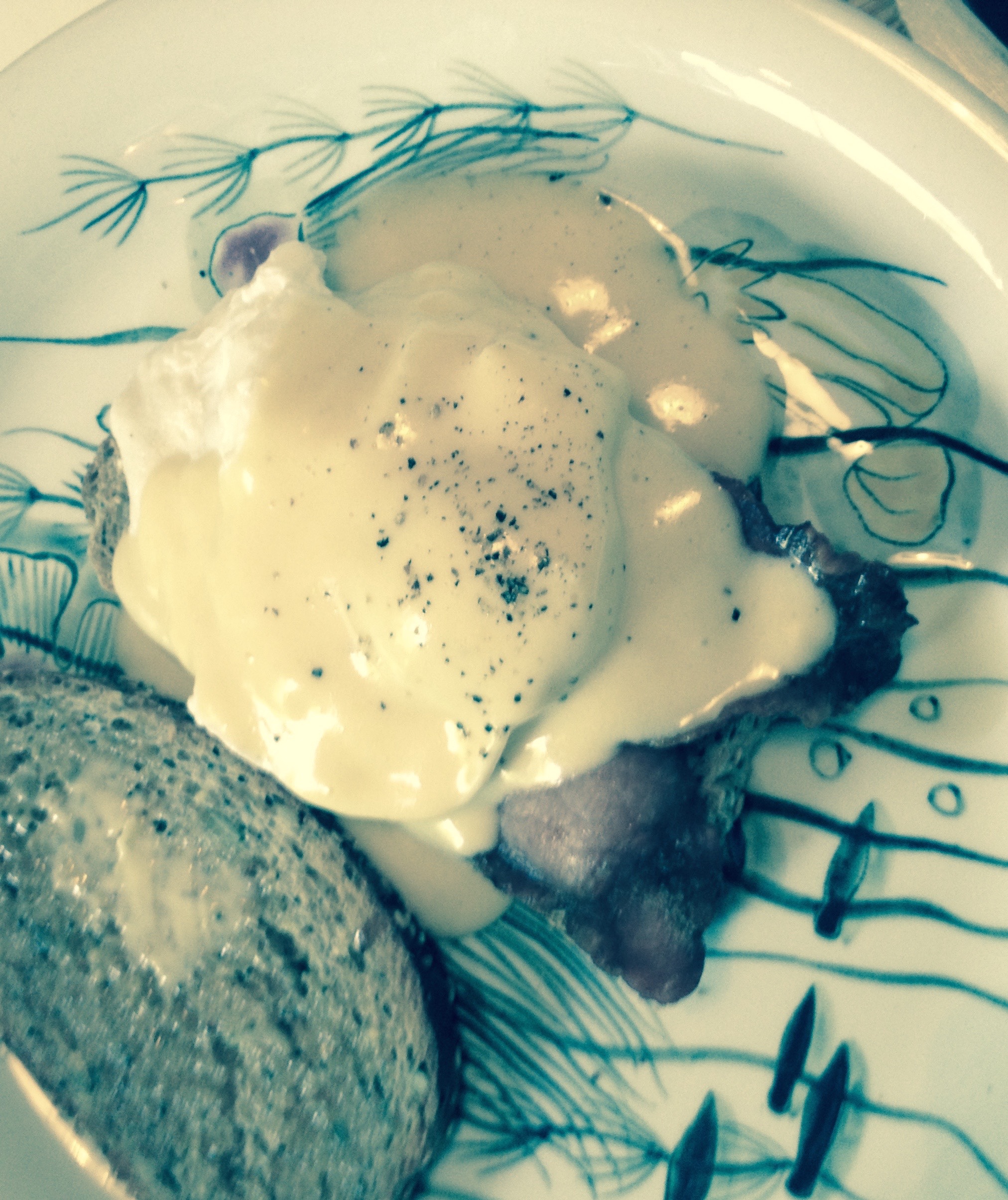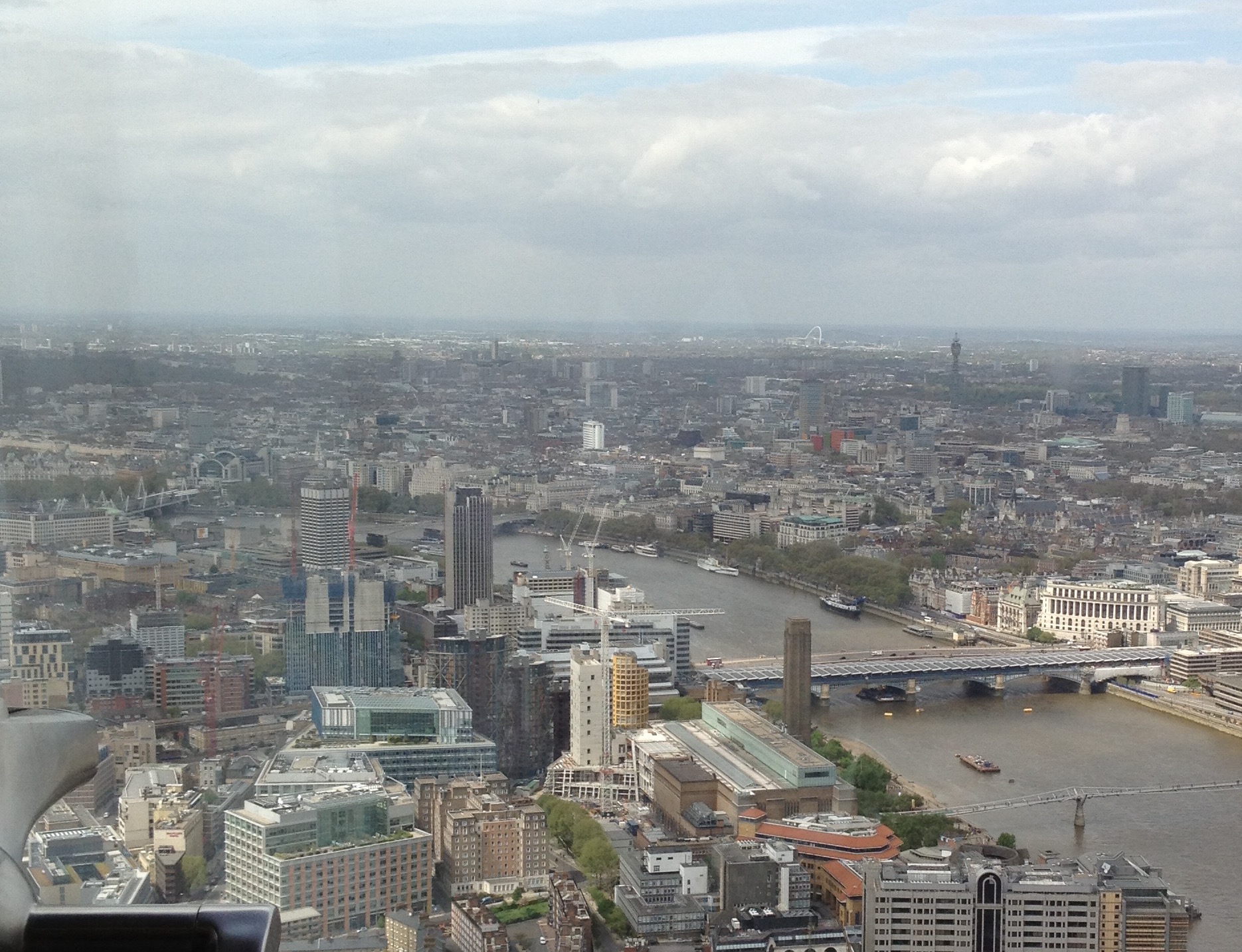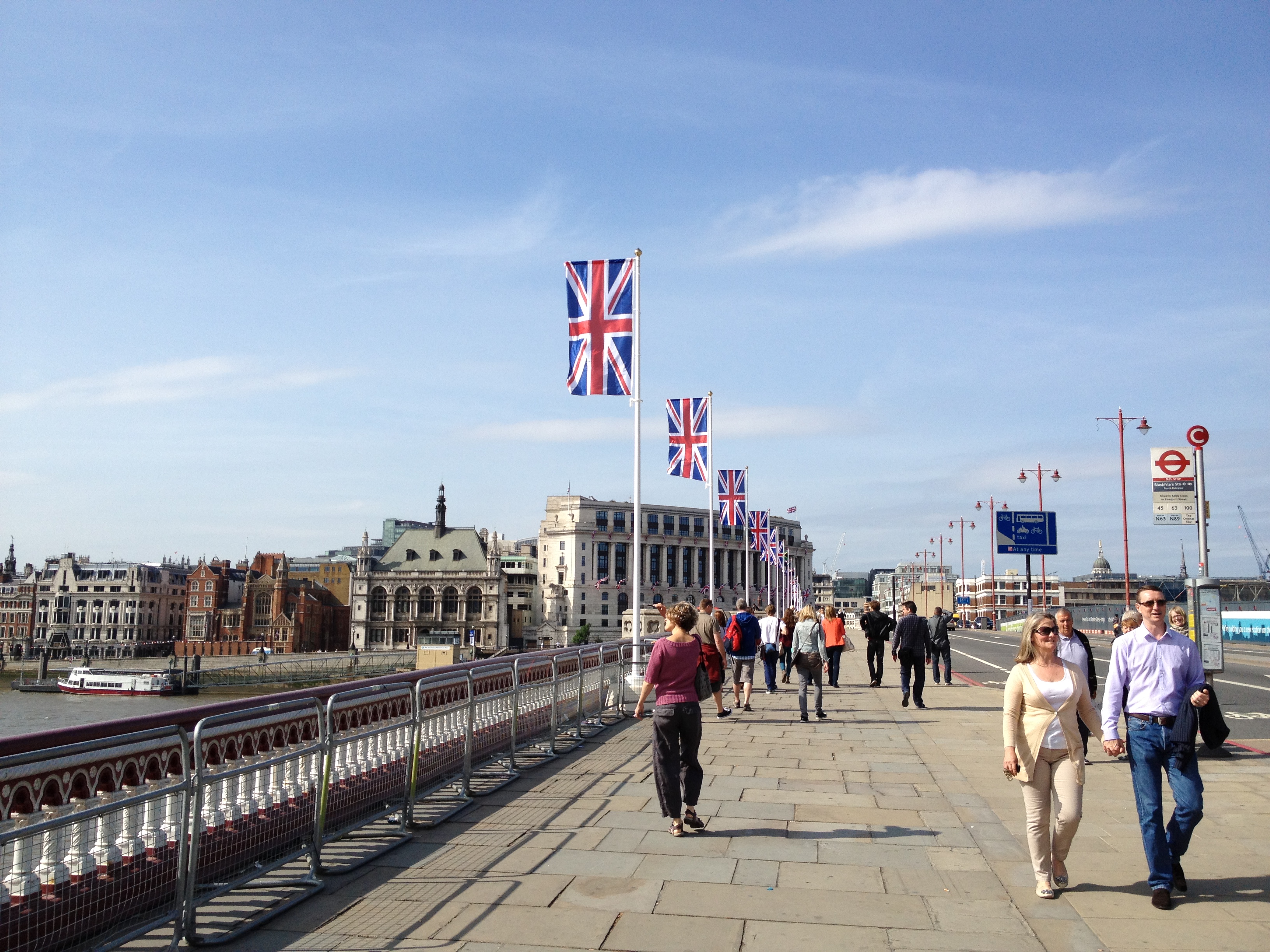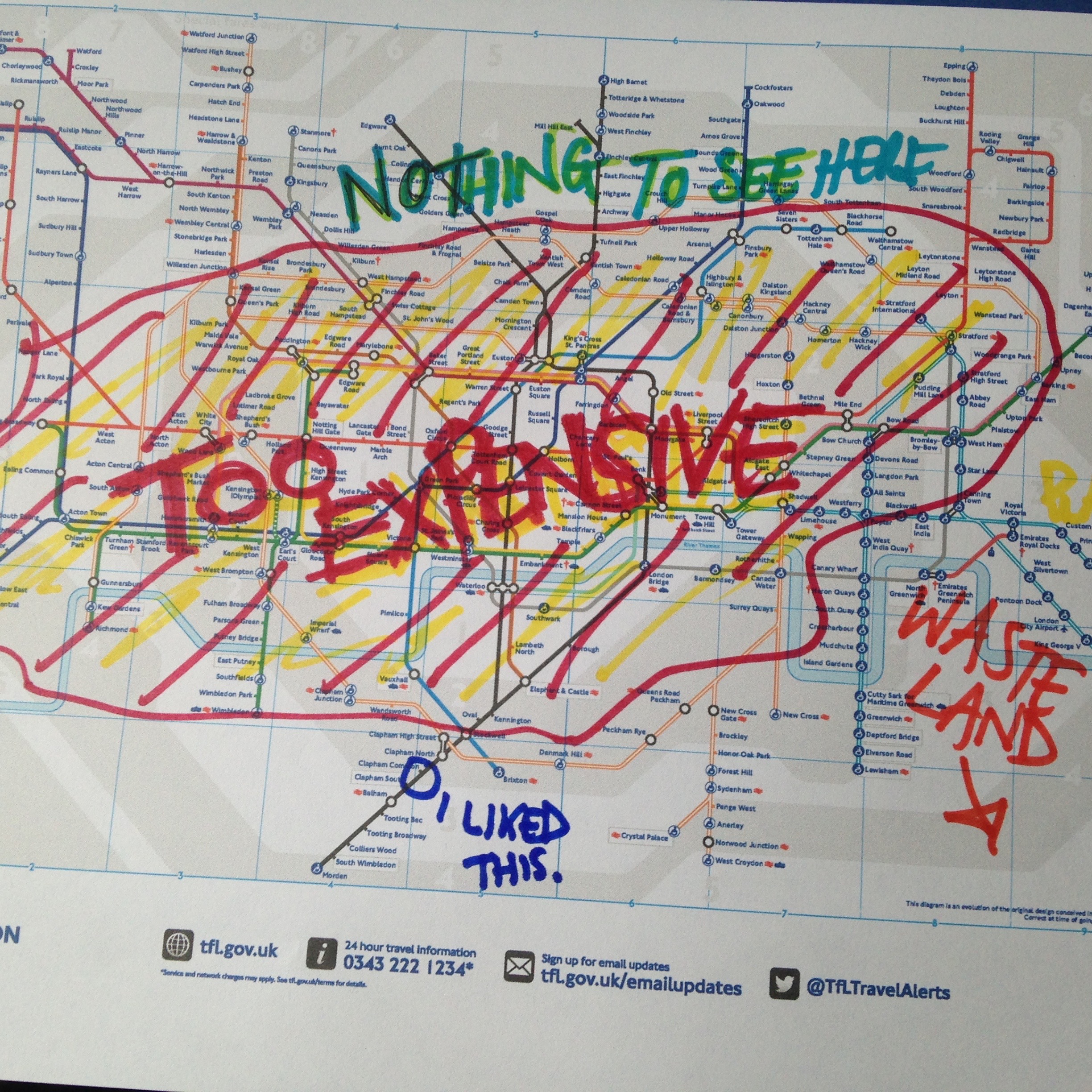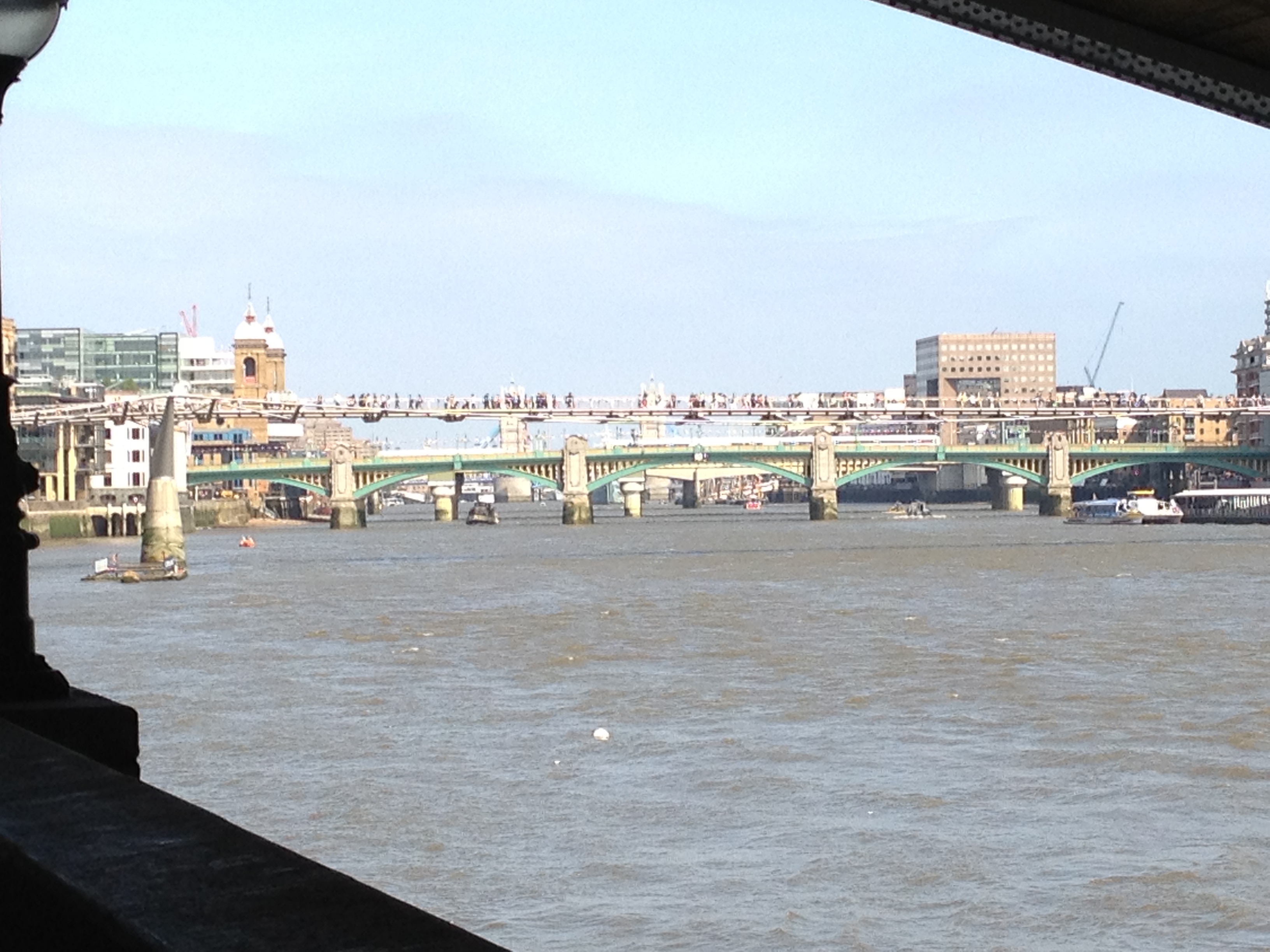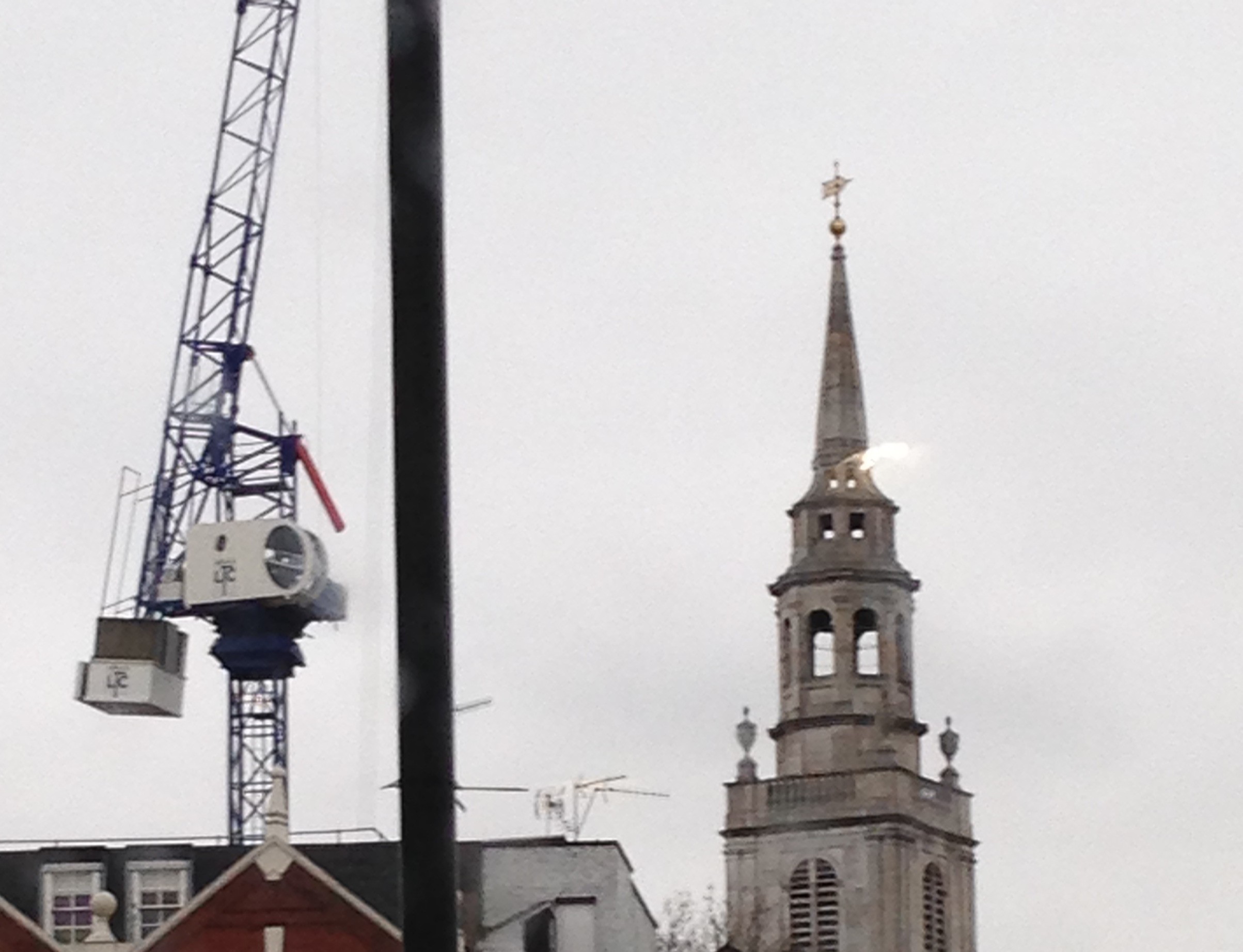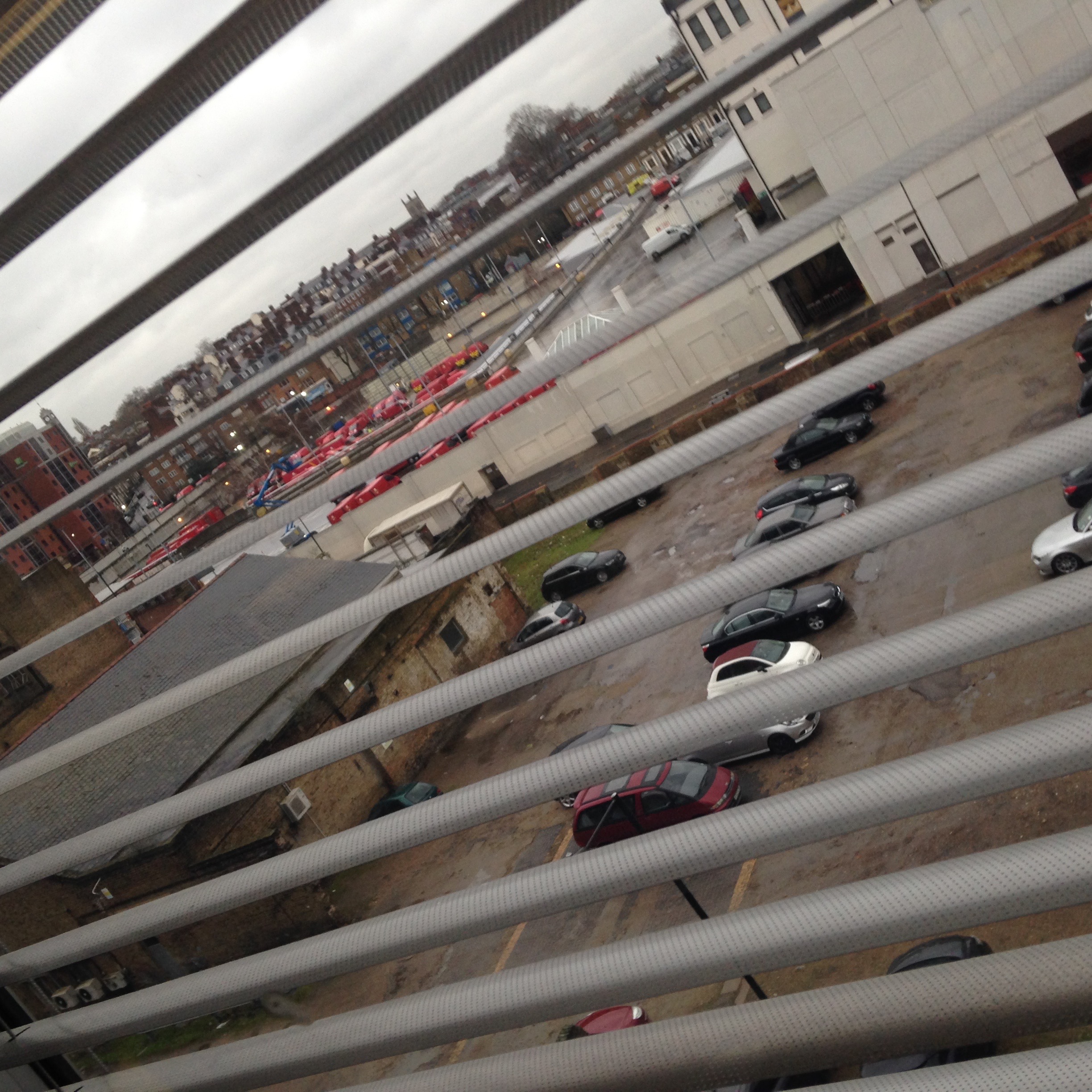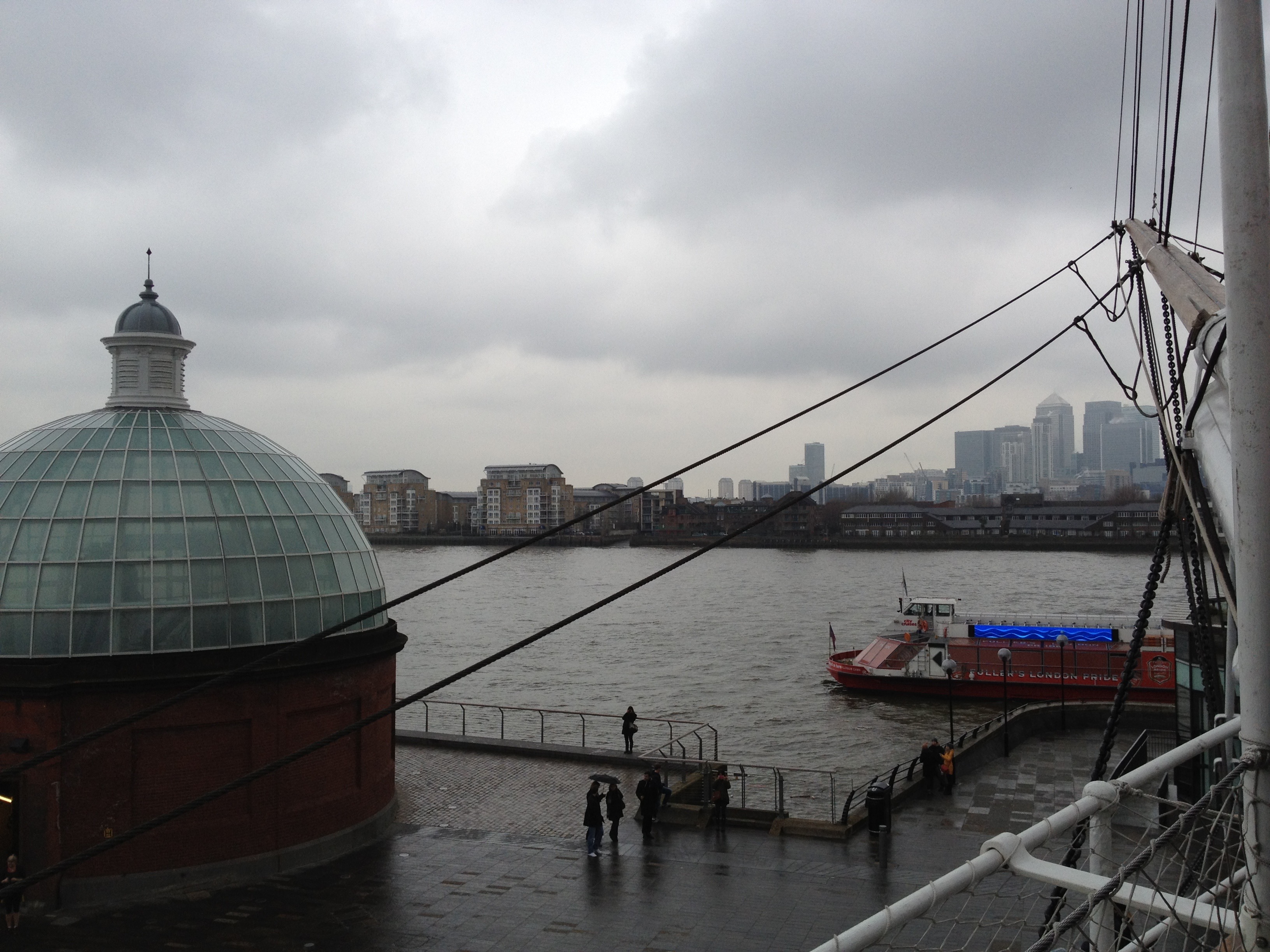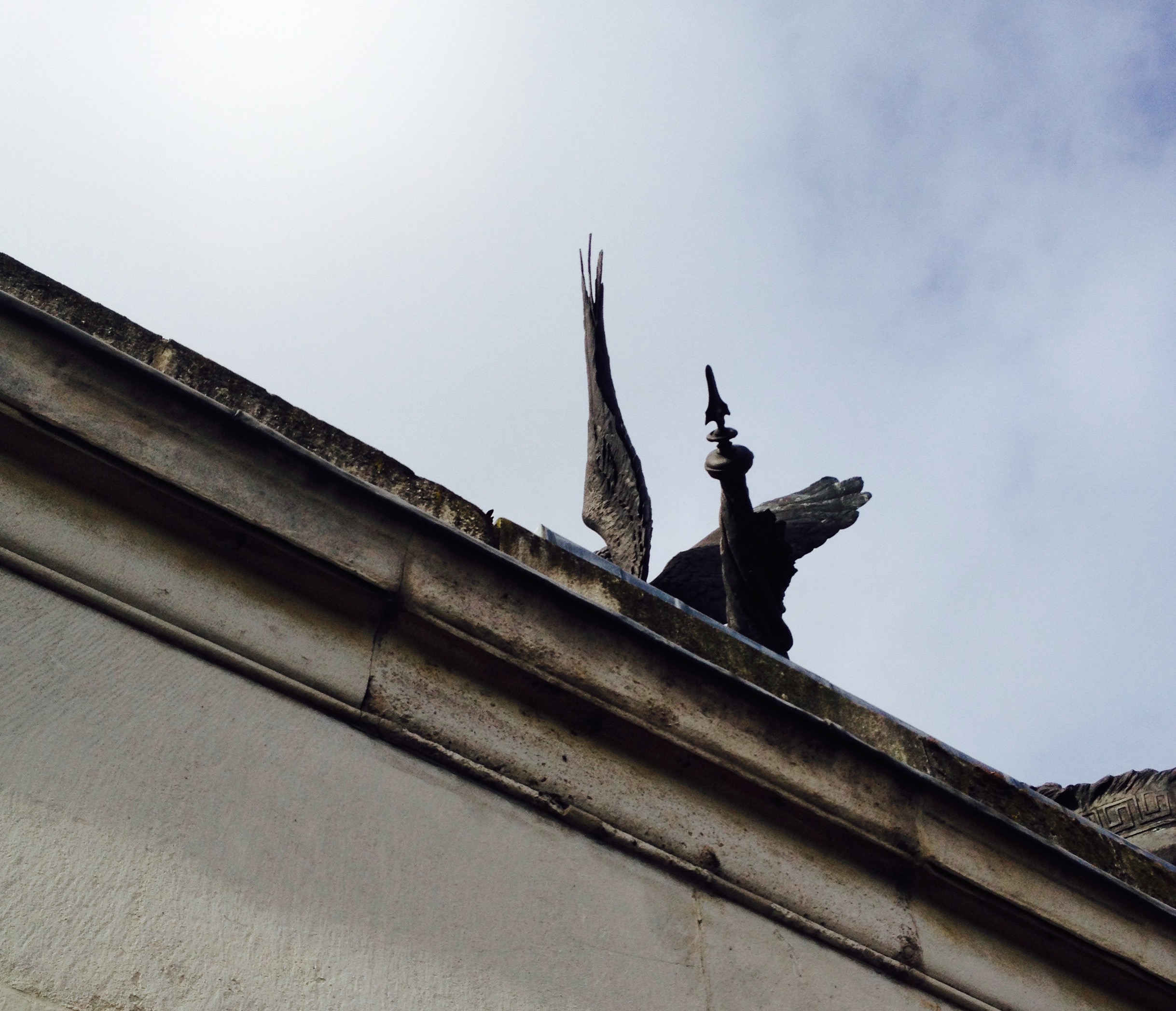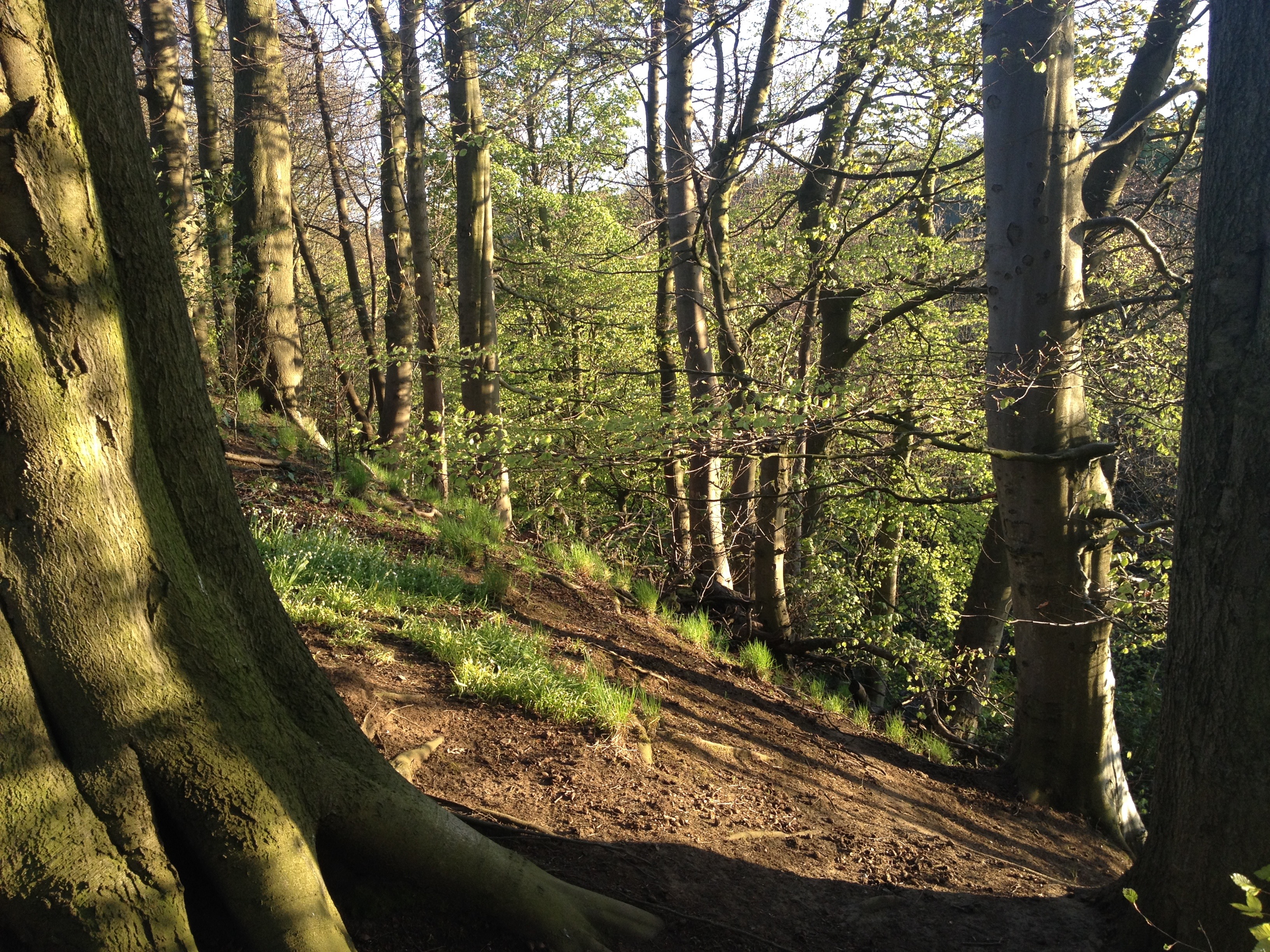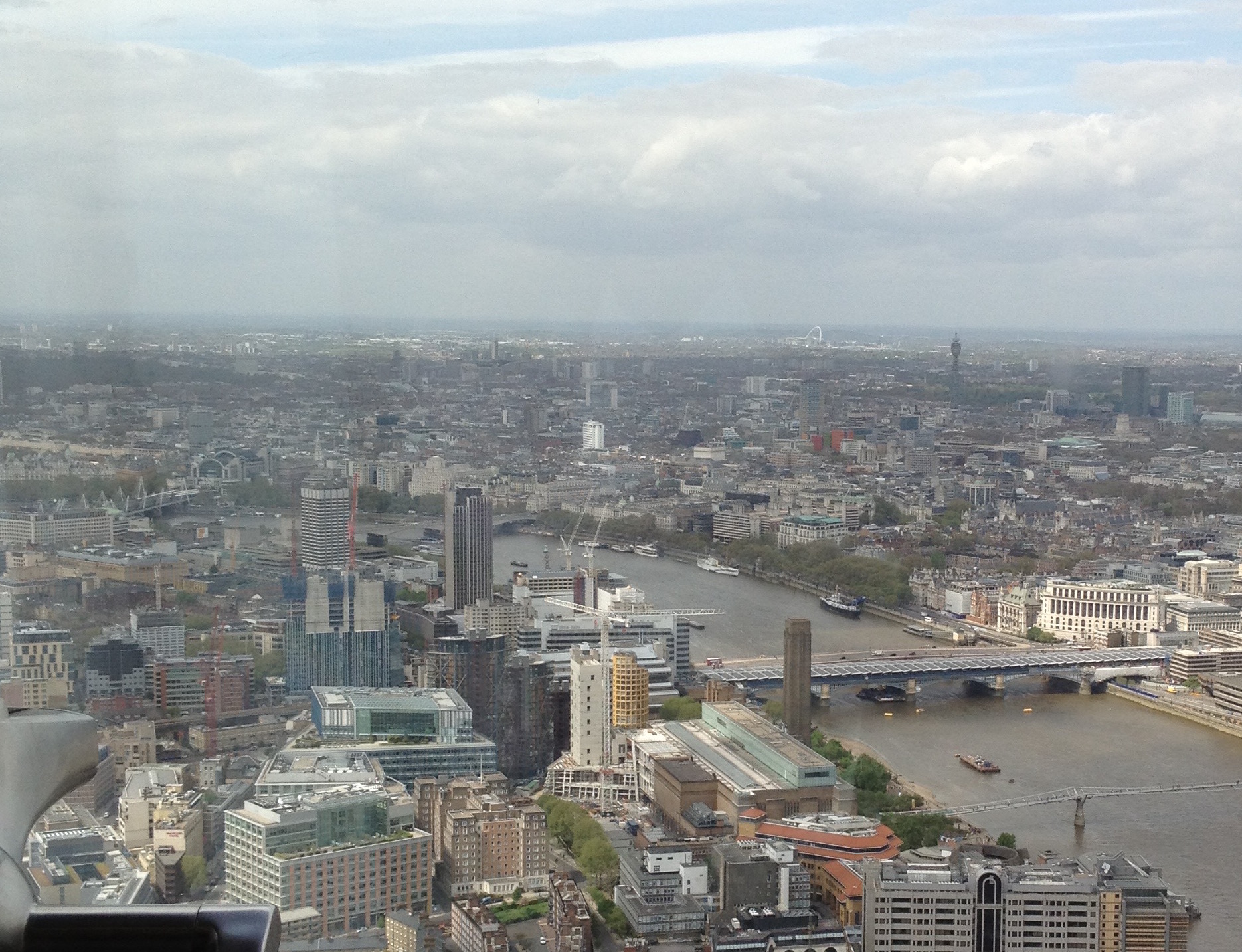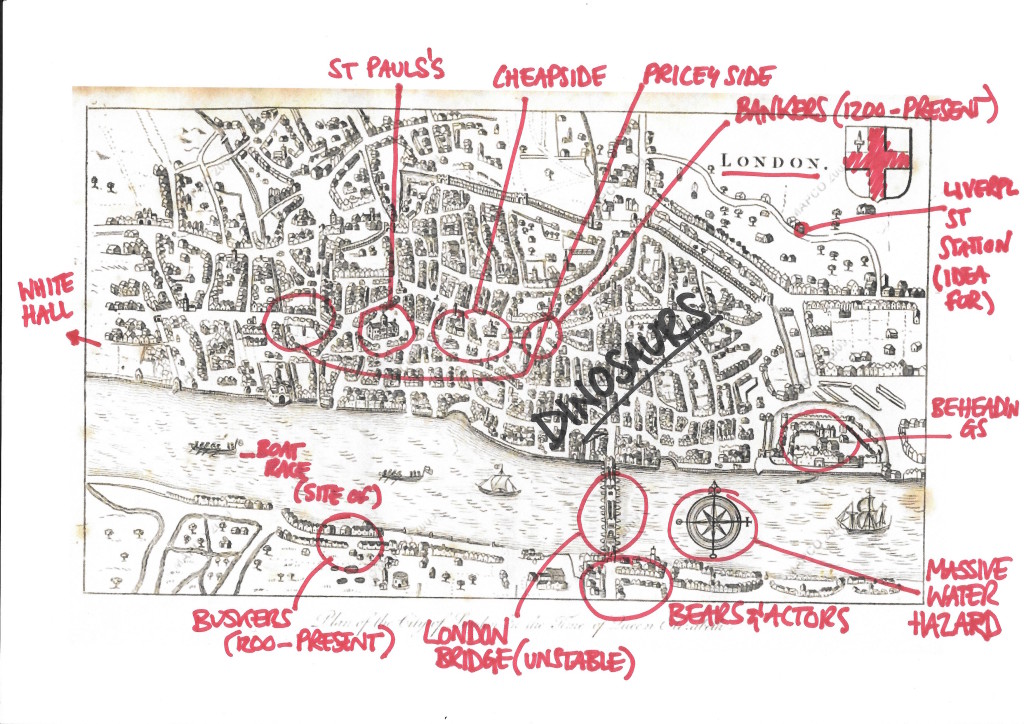So.. how to make the Enneagram work for your writing?

The Enneagram for Writers
The Enneagram, to my mind, serves two main functions.
- It helps avoid some common problems by creating a consistent set of diverse characters.
- It helps fuel the imagination about character-specific plot points.
What more could you need from such a simple tool! Let’s look at these in turn.
Avoiding Problems
The first and most obvious way, is to make sure that you’ve got the bases covered – that all your characters are different types.
Designing the Cast
When designing your cast – make sure you have Reformers, Achievers, Helpers, Individualists… Having a diversity of Enneagram types creates a diversity of characters – who all see the world in different ways, want different things and react differently.
Write Distinct Characters
One of the biggest traps writers fall into is to write all the characters the same. By having different types the chance of this happening is greatly reduced.
Don’t Write Yourself
Another problem is writing every character as yourself. And that means characters sound like you, and act like you. They do what you’d do (because, you know, you’re a hero too).
By getting a handle on a particular Enneagram type you can make sure you don’t make this mistake – (be the hero of your own story, not the one you’re writing!)
Fuelling the Imagination
But more importantly, the traits of the Enneagram can really help bring rounded characters to life. How? Let’s have a look.
Acting to Type
Start by giving a particular character a type, then get to know that type

Reformers like things to be neat and perfect
Look at the various traits and drivers that a Reformer has – they’re perfectionists and they like everything to be in order. This means different things are going to bother them (messiness for example) and they’re going to have a distinct reaction to being under pressure (they get angry). With seven different traits for each character there’s plenty of scope for creating well-rounded variations of Reformers.
It can help to build extreme characters (i.e comedy or small characters) around one particular trait – a Reformer who gets REALLY ANGRY about things (Basil Fawlty, anyone???)
Stoke Conflict
Having a range of different characters also creates that all important conflict.

Individualists are dreamy and creative
An Individualist (who is dreamy, touchy and obsessed with their output) and an Achiever (who is driven, competitive and sometimes deceptive) are going to create a unique dynamic. There’s a sitcom right there…
You could put them on an oil rig, in space, or in a chip shop. Or in a chip shop on an oil rig in space – but the core conflict is going to be there. And it’s those human conflicts we crave – when two people want different things – and go about getting it in different ways…
Unity
We’ve talked about differences here. But there’s also something unifying in recognising your character as a certain type. Examining the traits of a Challenger, for example, it becomes clear that they’re driven by a need for security… They challenge as a way of protecting themselves. They want to know the truth. They risk pushing others away… And this adds a completeness to the character… As an audience member we GET this character. Immediately a back-story begins to emerge… what hurt them? Why do they want to be protected?
Audiences are not particularly forgiving of inconsistent characters either. Would your Challenging protector trust someone they had only just met because it helps your plot? Not for a second. They might appear to trust them but would certainly take steps to hedge their bets, or find more about their new friend. This is rewarding to the audience. of course they’d do that… they say. How do they know? They recognise the type…
Character-specific plot points
As you can see from the above, simply by assigning characters an Enneagram type puts a spin on their interactions with everything – in a justifiable and satisfying way… How each character reacts to the same situation is a very telling route into the character – think about how each of the characters in The Usual Suspects reacts to being interviewed by the police. We know instantly that these are very different individuals.
Themes for Enneagram Types
I will touch on various story themes in another post – but for the time being it’s worth understanding that there are certain themes that suit certain Enneagram characters better.

The various story themes. To be covered in another post…
For example a moral crusade tale suits a Reformer at its helm, a detective tale might suit a driven investigator type – and a lone hero action movie would almost certainly want a Challenger taking the action to the bad guys.
The Enneagram Journey

The Enneagram Journey relates character traits to major stages of the character story
Relating specifically to storytelling I have also created something called the Enneagram Journey. This particularly applies to the hero, but can apply to any character.
The idea behind the journey is that a character must grow and change throughout the story. And each of the traits that a character displays can be indicative of a certain stage of that journey.
Journey of a Hero
Act One 
 Ego Fixation and Holy Idea
Ego Fixation and Holy Idea
When we first meet a character they are often self-obsessed and unreformed. Here their dominant trait is their Ego Fixation – that dark little part of themselves. For an example, an investigator type, who is Stingy and ungenerous when we first meet them.
But they also hold, or are aware of, a noble concept – their Holy Idea – for the Investigator this is Omniscience – they long to know everything – to uncover the truth. In our detective story this might be to uncover the murderer – and more importantly HOW it happened. Their Holy idea is a chance at redemption.
Act Two 
 Basic Fear and Basic Desire
Basic Fear and Basic Desire
Pushed into the second act, into new circumstances they have to face their Fears and Desires. They are tested Our detective has a strong desire to appear competent and capable, and face situations where they feel useless – back and forth proving themselves, failing and trying again…
Crisis  Temptation
Temptation
Normally they reach a crisis point towards the end of the second act where they face their Temptation – that behaviour they resort to when they’re under intense pressure. For the Investigator this can be Overthinking – paralysis through analysis – being stopped in their tracks – unable to see the way forward. To proceed, they must overcome that temptation…
Act Three 
 Vice and Virtue
Vice and Virtue
Finally in the showdown finale there are two possible endings – They face their all-consuming and damning Vice to achieve their redeeming Virtue.
For the Investigator, this is a choice between being overcome by greed – being corrupted as the killer revealed tries to bargain them out of it, or having an opportunity to profit immensely by keeping the truth hidden. Or maintaining that cool analysis and delivering the truth while those around around them lose their heads. Either can be the result keeping the audience guessing to the end. A positive ending or a negative ending – just make sure you’ve given the audience enough reasons for them to reach that end (if they fall victim of their vice, we like to see it coming, if they’re rewarded for their great virtue it’s because they’ve earned it)
So I hope you’ve got a sense of how the Enneagram can help keep track of your characters and inspire your imagination.
As always take as much or as little as you like from this – it is not prescriptive merely intended to help fuel your imagination as a writer.
To get a handy pocket guide for the iPhone to keep with you, study and store your own character types head over to the App Store!

Click to head over to the App Store!
Thanks for reading and as always all comments welcome!
James




